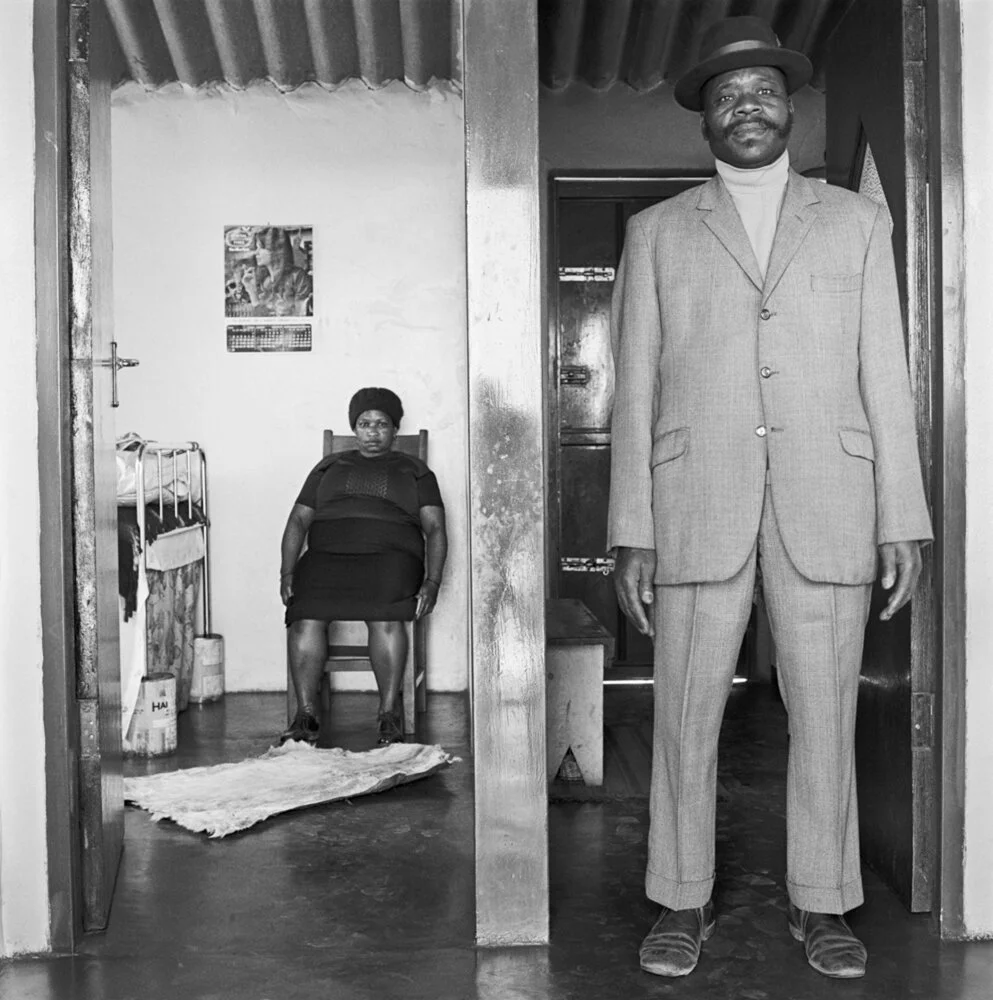Exhibition Review: David Maisel: The Expanded Field
Desolation Desert, Tailings Pond 1, Minera Centinela Copper Mine, Antofagasta Region, Atacama, Chile, 2018 © David Maisel, Courtesy the artist and Edwynn Houk Gallery, New York
By Nick Rutolo
Edited by Ben Blavat
The world is changing, but the progress that we’ve made has drained the land we live on of its natural resources. The environment has been shifting underneath our feet since we took our first steps, and in some places we can find it fighting back. Years of desertification and mining have taken a toll on the climate and geography. David Maisel’s The Expanded Field can be viewed as somewhere between reality and abstraction, evoking curiosity in a viewer as they attempt to decipher how literal the photos are and how much editing is actually done.
Maisel’s work isn’t made in Photoshop, nor is it a painting, and although the colors bleed together marvelously and create scenes out of fantasy, they’re simply aerial photographs. With overhead shots putting our impact on full display, coupled with perspectives that make the scenery look unreal, Maisel is able to show how our manipulation of the planet is unnatural.
Capturing natural pastel and incredible colors shows us the implicit power and inherent beauty of the world we live on, but we can see the land dying.
The Fall (Borox 9), 2013 © David Maisel, Courtesy the artist and Edwynn Houk Gallery, New York
The Fall (Borox 6), 2013 © David Maisel, Courtesy the artist and Edwynn Houk Gallery, New York
Maisel captures landscapes and the geography of places where the human influence is outweighing nature's power. Specifically working in the Atacama Desert in Chile and the American West, Maisel displays our impact on the ground around us. Often, when we think of climate change and how the world is evolving, we imagine the shorelines and how they’re intruding farther and farther inland. Maisel gives us insight into what destruction and deprivation looks like in lesser-known biomes. Salt mines have starved and transformed the land, and while the land is being destroyed, the shoreline is fighting however it can. Seen in Terminal Mirage and The Mining Project, these shorelines have warm tones, and from a distance we can see the life existing beyond land’s barrier. If we look at the contrast between the land’s dullness and the shores' abundance of color, we can see the exact location where Earth is fighting back, trying to bring life to desolation.
The contrast between the palette Maisel’s nature presents and his typical aerial shots shows nature’s artistry. Desolation Desert, a previous series Maisel has worked on and included in The Expanded Field, shows the design of mineral compositions. Even after an extended viewing, these bleeding colors are difficult to distinguish from brushstrokes or digital editing. The clearest distinguishable detail that separates Maisel’s photography from manipulation is the microscopic detailing of the grooves, chasms and vegetation naturally existing in these settings. Maisel pulls the color away from photos of neighborhoods and highways, paralleling the draining of life from the land. Colorful shorelines and otherworldly views show us how marvelous nature is, even when we’re causing its death.
Oblivion 2N, 2004 © David Maisel, Courtesy the artist and Edwynn Houk Gallery, New York
Maisel creates a disposition between the world and what it is becoming, how familiar places are becoming less and less hospitable. We capitalize on natural resources to create a living and a space to live, but we don’t regard how the environment is going to react. Some images like The Fall (Borox 6), which is a view of the path of harvesting in what is likely a farm, directs attention towards the sloppy and mindless culling of land. A random path with no clear direction, start or finish is exactly what we’ve done to our planet, mindlessly taking whatever we want with no moderation between consumption and destruction. Although Maisel’s work poses questions that it doesn’t answer, the questions it brings into the conversation are equally important as they are timely. What happens when people are able to do whatever they want to the planet with no immediate effect? What does the impact look like, and how much of that is our fault? What are we not seeing in this beautiful world?
The Expanded Field is on view at the Edwynn Houk Gallery from Oct. 14 through Nov. 20, 2021."











